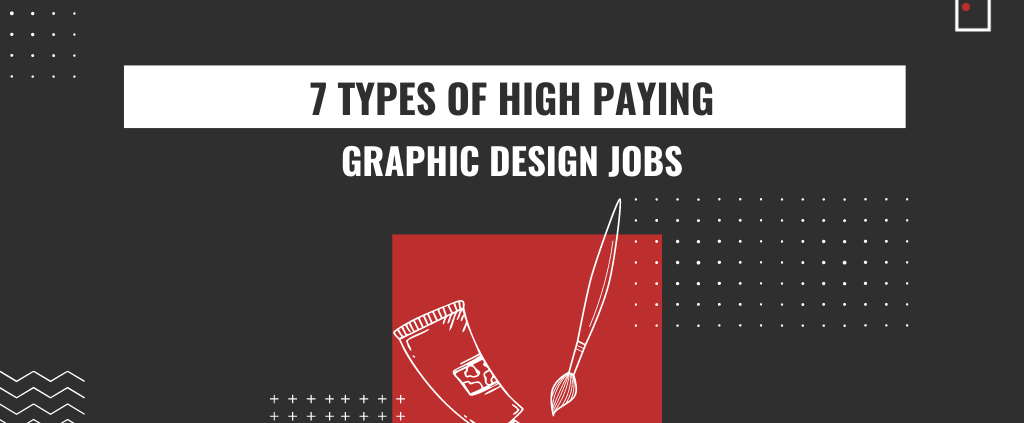
Curating the perfect graphic design portfolio is critical for designers everywhere. Regardless of whether you work freelance or full-time, a sleek graphic design portfolio is important! It’s important to show off your skills and objectives as a designer in your portfolio. You may have many designs to share with potential clients, so it’s key you carefully select which ones to include in your portfolio. You want to showcase the cream of the crop and display diversity in your work. The necessary contents in them have remained a popular subject of discourse in the graphic design community. Remember to understand your specialties in order to convey your shining strengths through your portfolio! Above all, it’s vital your portfolio showcases your ability and evolution as a designer. To ignite your creative spark and jumpstart your career as a graphic designer we’ve compiled a list of 5 key graphic design projects for your portfolio (with examples!).
 Click here to learn more about InFocus Film School’s Graphic Design Program
Click here to learn more about InFocus Film School’s Graphic Design Program
1. BUSINESS BRANDING ESSENTIALS
If you’re interested in working in the business brand design industry, showcasing your ultimate branding designs are primitive! They’re an important marketing tool for the vast majority of businesses that shouldn’t be overlooked. Therefore, ensure your concepts use quality images and designs that have an impact on the target audience. Remember that the concepts you choose can range anywhere from brochures and business cards to stationary and stickers. Keep in mind these essentials play a pivotal role in increasing a brand’s visibility – therefore all your designs should hold a high degree of professionalism and relevancy.
Design Rationale
MUSA is unique museum located in Cancun, Mexico. Its objective is clear: to reduce the number of tourists who regularly visit the coral reefs, thus protecting the marine fauna of the area.
The challenge was to use a branding process to redesign its logo, keeping the essence of the entity and all that it means. The solution was a logo with few elements which represent the concept of art combined with the sea.
2. WEB DESIGN
Website making consists of two extremely important factors – coding and design. Graphic design serves as a supplemental aid into improving user experience through the use of fonts, imagery, colours, and more. Moreover, your concept should incorporate all of these features into a functional and visually-appealing mix. Always make sure your design fits with the brand’s identity! This means diligently selecting appropriate colour schemes, font selections, images, graphics, and more. Web design is an excellent asset to your portfolio – especially if you’re interested in showcasing your technical and artistic side!
3. ENTERTAINMENT
Have a book you adore whose cover you’ve always wanted to redesign? Or a movie poster you wanted to refurbish? Perhaps you’ve thought of some new DVD covers for your favourite show? If so, this project is most definitely a must-have for you! Brownie points if your cover is even better than the original. Most importantly, showcasing your innovative skills as a graphic designer is pertinent here. You’ll be asking important questions – such as the director’s objectives for the content, it’s genre, where it’ll be sold, it’s target audience, and more. Lastly, this project is perfect for bookworm and movie and TV fanatic graphic designers who aim to highlight their innovative work!
Design Rationale
The book’s title refers to the piles of bodies left behind for the crows to feast on after a battle, but it also hints at the big forces behind those conflicts, who, from the safety of their castles, can now reap the benefits from the aftermath of the bloodshed, unaffected by its cruelties.
4. PRODUCT PACKAGING
Product packaging goes far beyond just designing the exterior of a product. Great product packaging goes a long way! You’ll be telling a story, incorporating the brand’s narrative, and implementing your own aesthetics. Moreover, this project is great for a chance to truly showcase your unique side. Try redesigning a pre-existing brand with an innovative twist, or even creating your own from scratch! Your designs are entirely up to you. Pick your favourite brand and give them a makeover, or bring your imaginary brand to life! Last but not least, ensure your design is both practical and sleek.
Design Rationale
This is a series of herbal teas inspired by three most well-known ancient Egyptian gods: Anubis, Ra and Sekhmet. The herbal selection includes cinnamon, licorice and hibiscus roots, which are commonly used ingredients in Egyptian drinks and food.
The tagline of each flavour is inspired by the special powers and characteristics of the specific god. The Art Deco style of brand artwork is inspired by the Egyptian pyramids. The starry sky symbolizes the considerable role of astronomy with ancient Egyptians.
5. ADVERTISING
This project is most definitely a fun one! You’ll be implementing the principles of design – establishing purpose, balance, hierarchy, and readability all in one. Additionally, you’ll be exploring ways to make prints stand out in the crowd. Typography here is an asset – it plays a crucial role in editorial design. Lastly, the best part about print design is its versatile nature – make sure to have some fun with different layout templates, designs, and more! You can design magazine covers, brochures, newsletters, the list is endless.
Design Rationale
Pipeline is a modern take of surf magazine design with a palette inspired by the waves.
Related Links
7 Types of High Paying Graphic Design Jobs
How to Become a Graphic Designer
InFocus Film School Graphic Design Program


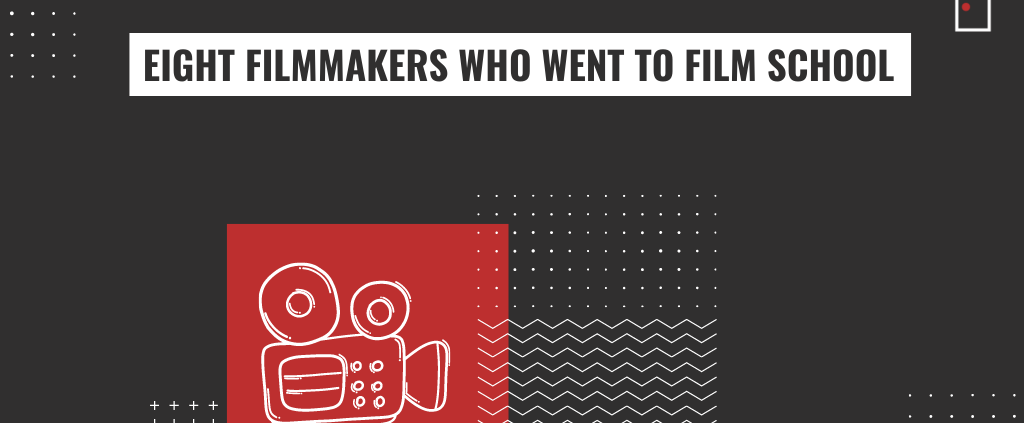

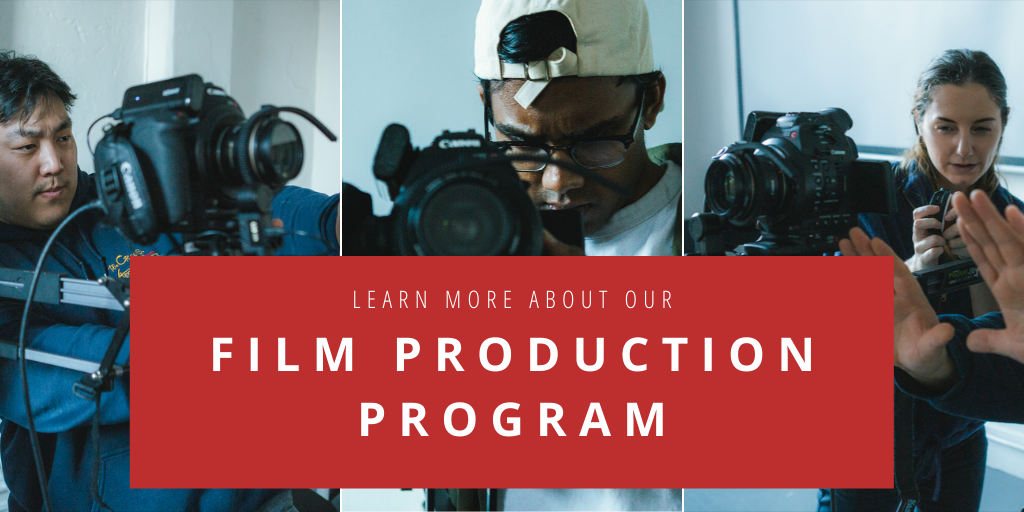

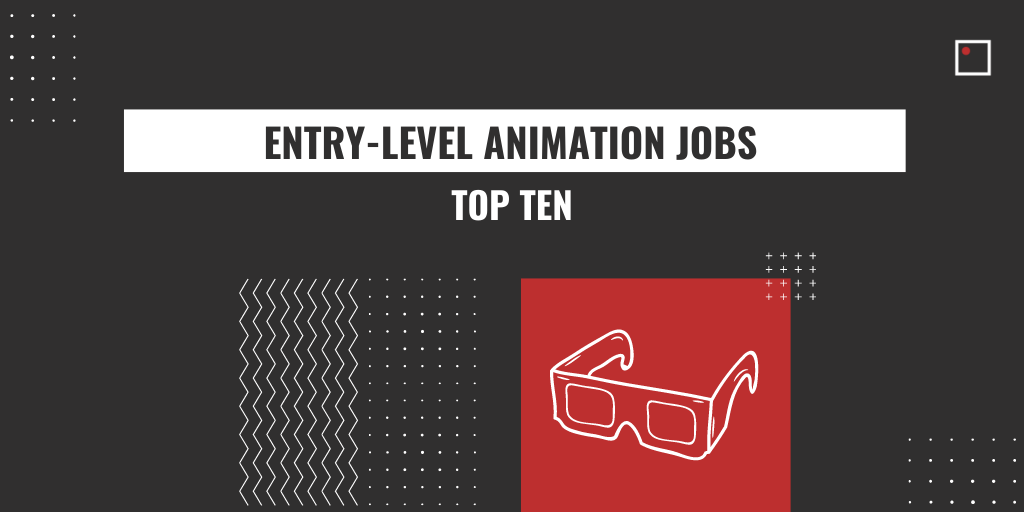
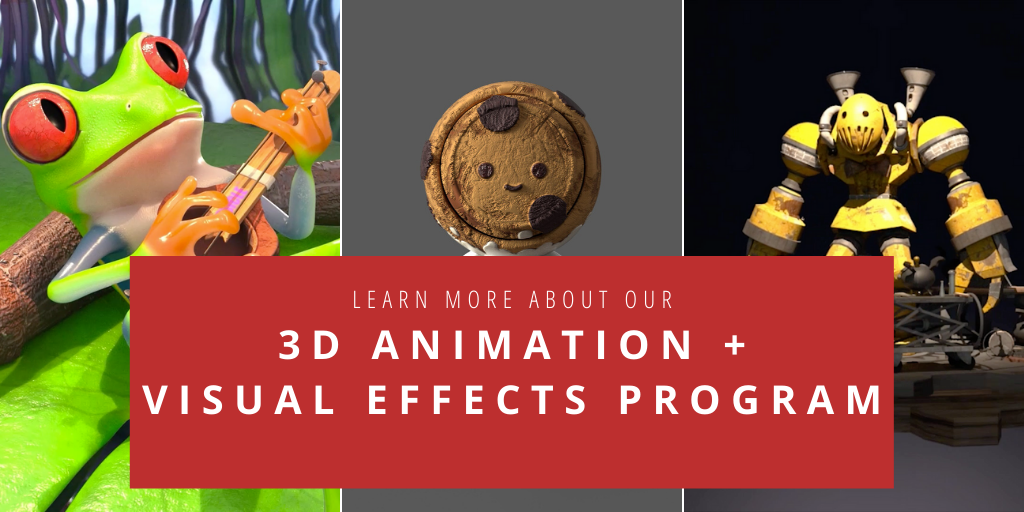


 Click here to learn more about InFocus Film School’s Graphic Design Program
Click here to learn more about InFocus Film School’s Graphic Design Program






